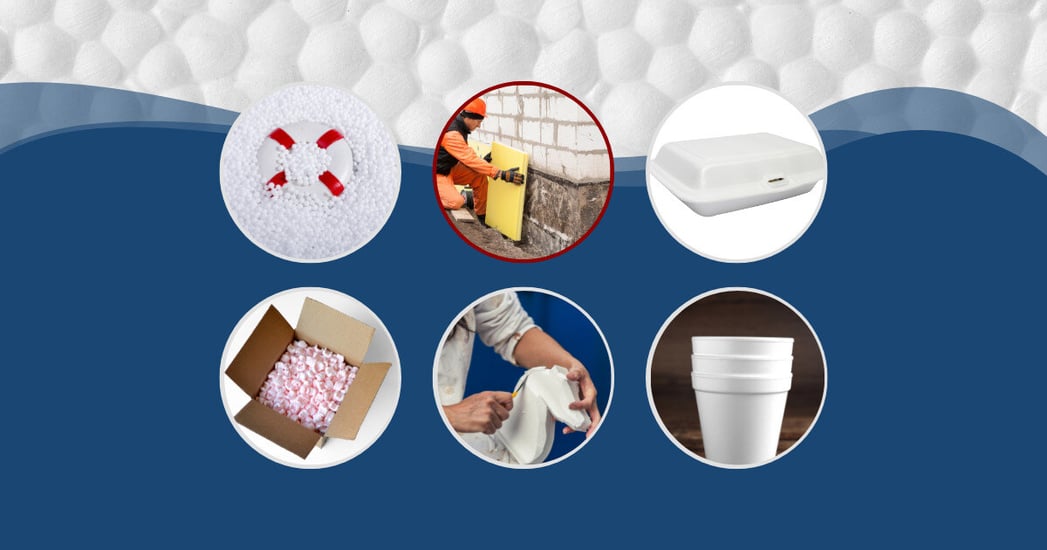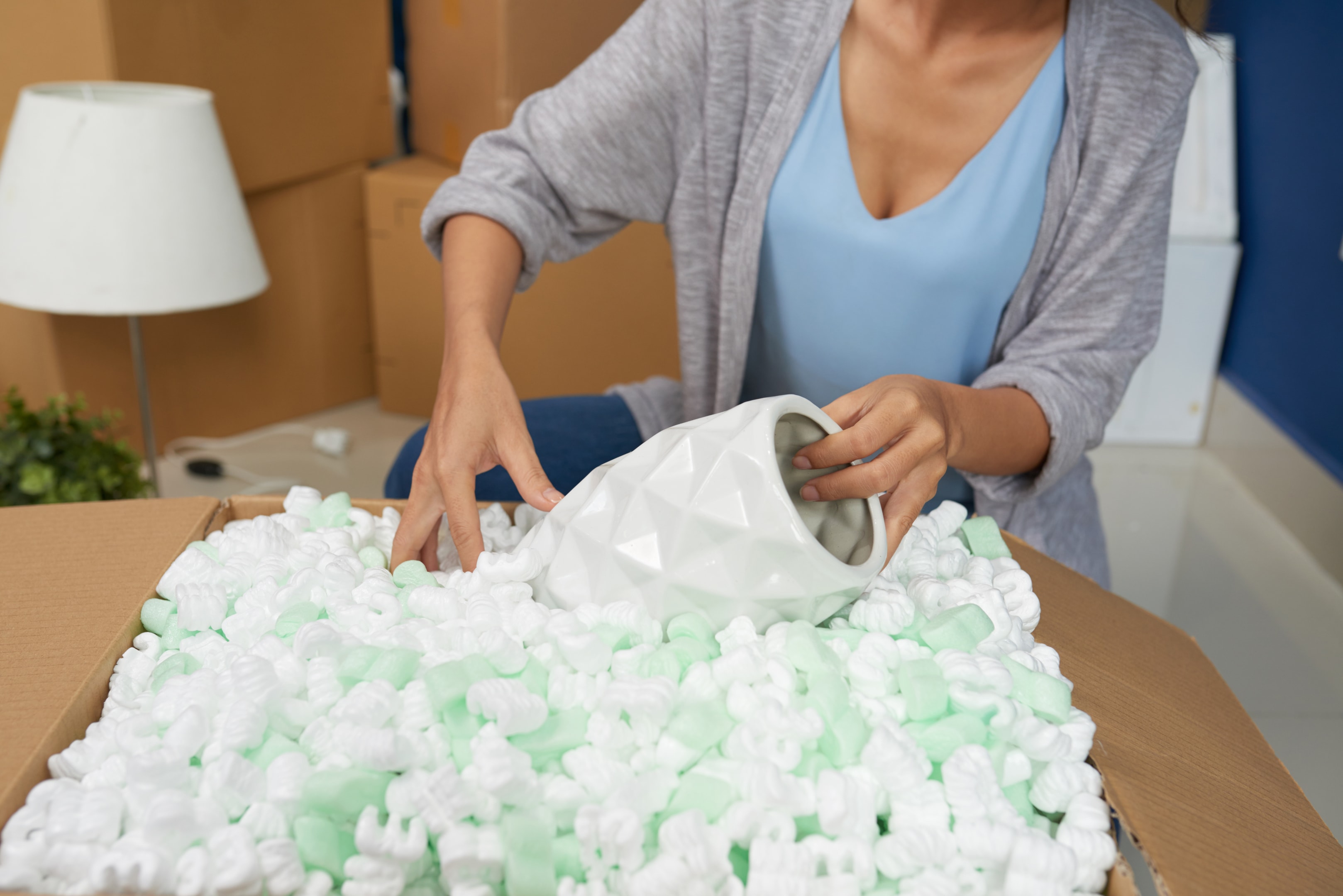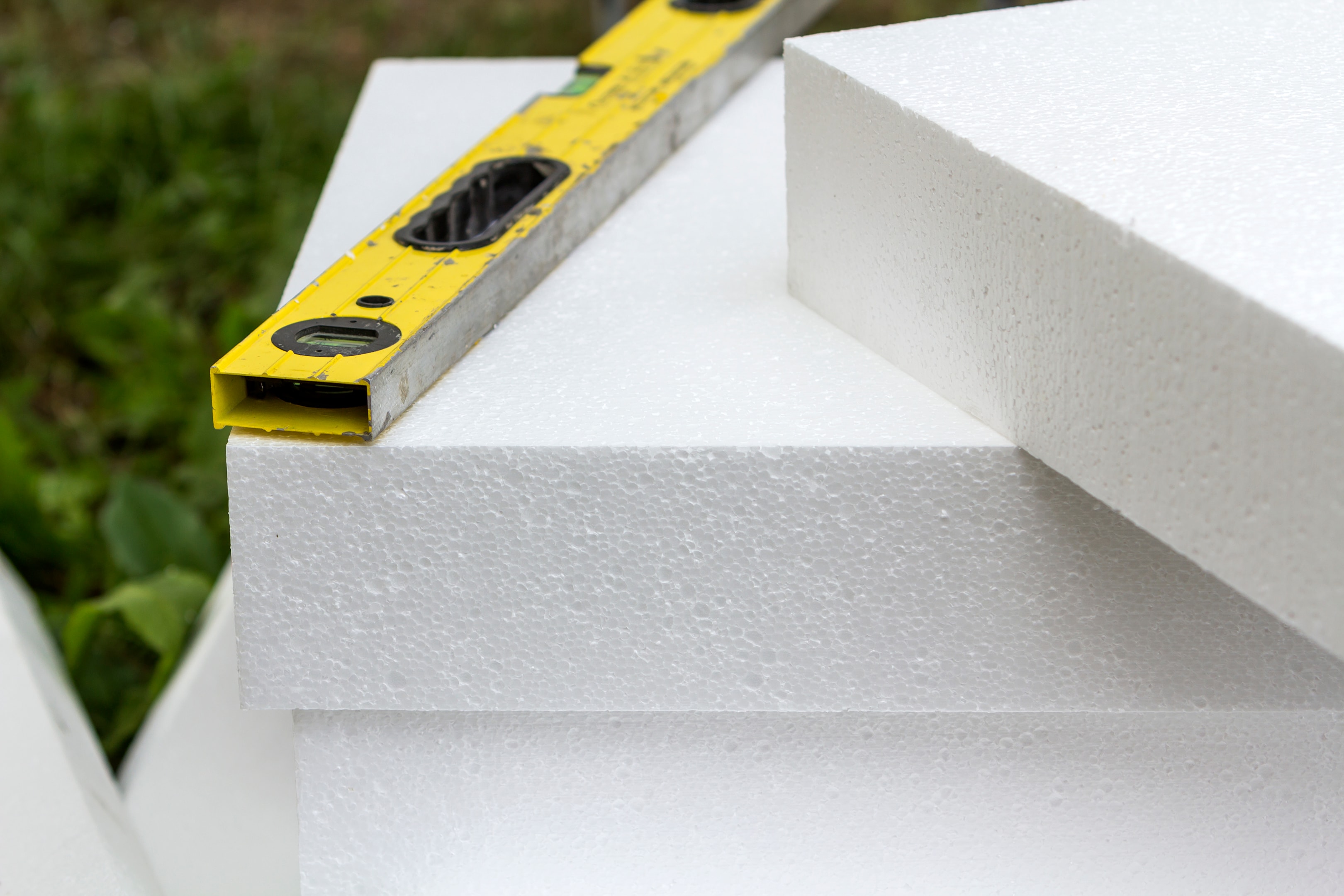
The Multiple Uses of Polystyrene Foam Across Industries
Polystyrene foam, commonly known as Styrofoam, is a popular material used for various purposes. It is made from polystyrene, which is a thermoplastic polymer and expanded with the use of a blowing agent.
Extruded polystyrene, often associated with the brand Styrofoam, is distinct from expanded polystyrene and is utilized for insulation and decorative purposes in construction and crafts.
Polystyrene foam is lightweight, durable, and has excellent insulation properties, making it suitable for various applications. This article will explore some of the most common uses of polystyrene foam.
What is Polystyrene Foam?
Polystyrene foam, also known as expanded polystyrene (EPS), is a type of lightweight closed-cell foam made from pre-expanded polystyrene beads. This versatile material is widely used in various applications, including construction, insulation, packaging, and crafting. One of the standout features of polystyrene foam is its excellent resistance to moisture and water vapor, making it an ideal choice for products like hot tub covers and food packaging. The closed-cell structure of polystyrene foam ensures that it remains lightweight yet durable, providing reliable performance in a range of environments.
Features and Benefits of Polystyrene Foam
Polystyrene foam boasts several features and benefits that make it a popular choice across different industries. Here are some of its key attributes:
-
-
Lightweight and Sturdy: Despite its lightweight nature, polystyrene foam is remarkably sturdy and resistant to damage, making it suitable for various demanding applications.
-
Closed-Cell Structure: The closed-cell structure of polystyrene foam provides excellent resistance to moisture and water vapor, which is crucial for applications like hot tub covers and food packaging.
-
Superior R-Value: Polystyrene foam offers a superior R-value, making it an effective insulator for homes, hot tub covers, and other applications where thermal efficiency is essential.
-
Customizable: Polystyrene foam can be custom-cut to fit specific needs and applications, allowing for tailored solutions in construction, packaging, and more.
-
Affordable: Compared to other materials with similar properties, polystyrene foam is a cost-effective option, providing excellent value for money.
-

Insulation
Polystyrene foam is used as insulation in buildings, homes, and appliances. The manufacturing process of expanded polystyrene involves heating, aging, and molding the pre-expanded beads, which contributes to its excellent insulation properties. It is an excellent insulator due to its low thermal conductivity, so it can effectively prevent heat transfer. Polystyrene foam is also moisture-resistant, making it ideal for use in areas prone to moisture buildup, such as basements and crawl spaces. In addition, polystyrene foam insulation can save energy and reduce heating and cooling costs.
Packaging
Polystyrene foam is commonly used as packaging material for fragile items such as electronics, appliances, and glassware. Its lightweight and shock-absorbing properties make it an ideal choice for shipping delicate items. Additionally, polystyrene foam sheets are available in various densities, sizes, and thicknesses, making them a versatile and cost-effective option for packaging. Single sheets are available for individual projects, as well as larger packs for extensive uses. Polystyrene foam can also be easily molded into different shapes and sizes.
Food Packaging
Polystyrene foam is also used for food packaging, such as disposable plates, cups, and containers. It is lightweight, easy to transport, and has excellent insulation properties, making it ideal for keeping hot or cold food at the desired temperature. Polystyrene foam is also moisture-resistant, which helps prevent food from getting soggy or spoiling.
Arts and Crafts

Polystyrene foam is a popular material for arts and crafts projects due to its versatility and ease of use. It can be easily cut, shaped, and painted, making it a favorite among artists and DIY enthusiasts. Polystyrene foam is commonly used for making sculptures, models, and decorations. It is also a popular material for creating floral arrangements and wreaths.
Construction

Polystyrene foam is also used in the construction industry for making lightweight concrete blocks, panels, and forms. It is an excellent insulator, which helps reduce energy costs in buildings. Polystyrene foam is also moisture-resistant, making it ideal for use in areas prone to moisture buildup, such as basements and crawl spaces. Polystyrene foam is also fire-resistant, making it a safe choice for building materials.
Toys
Polystyrene foam is commonly used for making toys because it is lightweight and durable. It is popular for making foam balls, boomerangs, and other outdoor toys. Polystyrene foam is also used for making model airplanes and boats.
Medical Supplies
Polystyrene foam makes medical supplies such as petri dishes, test tubes, and laboratory containers. Its lightweight and excellent insulation properties make it ideal for transporting and storing medical samples and specimens. Polystyrene foam is also non-reactive, which means it does not interact with chemicals or biological materials.
Safety and Environmental Considerations

While polystyrene foam offers numerous benefits, it also comes with some safety and environmental considerations. Here are a few key concerns:
-
-
Toxic Effects: If not disposed of properly, polystyrene foam can have toxic effects on marine animals, posing a significant environmental threat.
-
Environmental Impact: Polystyrene foam is not biodegradable and can take hundreds of years to decompose, contributing to long-term environmental pollution.
-
Chemical Leaching: When used for food packaging, polystyrene foam can leach chemicals into food and water, raising health concerns.
-
Fire Hazard: Polystyrene foam can be a fire hazard if not treated with fire retardants, necessitating careful handling and use.
-
However, many of these concerns can be mitigated through proper use, disposal, and recycling of polystyrene foam, ensuring that its benefits can be enjoyed without compromising safety and environmental health.
Choose the Best Polystyrene Foam
Polystyrene foam is a versatile material used for a wide range of applications, including insulation, packaging, food packaging, arts and crafts, construction, toys, and medical supplies. Its lightweight, durable, and excellent insulation properties make it a popular choice for many industries.
Are you searching for reliable EPS foam products that deliver outstanding results? Trust the experts at Sterling Manufacturing & Distributing for high-quality products and excellent customer support. Reach out to us today, and let us help you elevate your project to the next level!

Leave a Comment
Your email address will not be published.